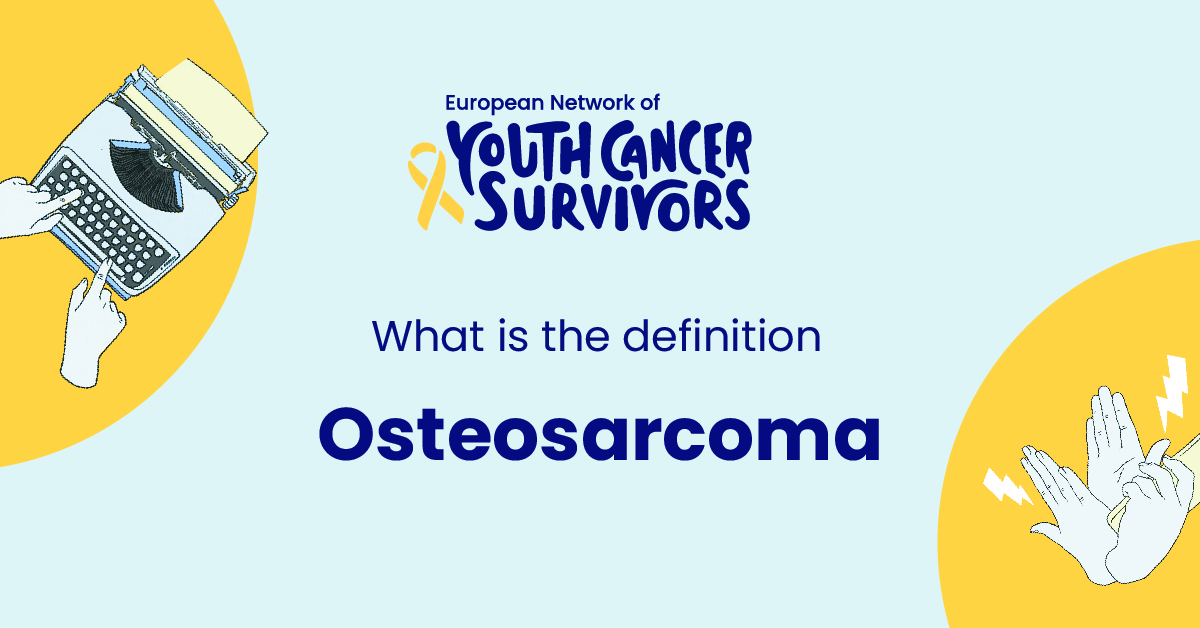
Osteosarcoma, also commonly referred to as ‘osteogenic sarcoma,’ is a type of malignant bone tumor that is primarily characterized by an aggressive course. This article seeks to shed light on all aspects of osteosarcoma, from our understanding of the condition to the ongoing research promises in this medical field. Knowing about osteosarcoma is crucial because, although it is rare, it ranks as the most common type of cancer that starts in the bones, frequently affecting children and young adults.
Understanding the Term: Osteosarcoma
Osteosarcoma is a malignant tumor that generally begins in the cells that grow new bone. Occurring most commonly in children and young people, it mainly affects the long bones of the arms and legs.
From a historical perspective, osteosarcoma has been known for over a century, with the first successful amputation surgery for the condition carried out in the late 19th century. Since then, significant advancements have been made, both in understanding the disease and in its treatment and management.
Who is at risk of developing Osteosarcoma?
While osteosarcoma can occur at any age, it is most commonly diagnosed in teenagers and young adults. This is probably due to the rapid growth spurts that occur during adolescence, when bones often grow and change rapidly.
From a genetic perspective, individuals with certain inherited cancer syndromes or genetic bone disorders, such as Li-Fraumeni syndrome or Rothmund-Thomson syndrome, have an increased risk, demonstrating the role of genetics in this disease.
Environmental factors, too, may play a role in the onset of osteosarcoma. Exposure to ionizing radiation or specific chemicals is considered a potential risk factor, along with high doses of alkylating agents.
Symptoms and Signs of Osteosarcoma
The symptoms of osteosarcoma vary depending on the location and size of the tumor. Common physical symptoms include pain in the affected bone that may worsen at night or with physical activity, swelling and redness in the area around the tumor, and a decrease in movement due to the discomfort it may cause.
Structural changes in bones may also signify the presence of osteosarcoma. The limb may appear larger or different in shape. If the tumor weakens a bone significantly, it may lead to a noticeable limp or even cause the bone to fracture. Early consultation with a healthcare practitioner is paramount when these signs are observed.
Diagnostic Methods for Osteosarcoma
The diagnosis of osteosarcoma involves a series of approaches. It begins with a detailed medical history and a comprehensive physical examination. Imaging tests, such as X-rays, CT scans, MRI scans, and PET scans, are utilized to visualize the presence and extent of tumors.
Lastly, a biopsy is often necessary to confirm the diagnosis. During this surgical procedure, a portion of the tumor is removed and examined under a microscope by a pathologist to verify the presence of cancerous cells.
Treatment and Management of Osteosarcoma
Treatment of osteosarcoma usually involves a multi-step approach. Heavy reliance is placed on surgical intervention to remove the bone segment containing the tumor. This can involve limb-sparing surgery or, in severe cases, amputation.
Chemotherapy is often used alongside surgery, both before the procedure to shrink the tumor and afterward to kill any remaining cancer cells. Additionally, radiation therapy may be employed, particularly when the tumor is difficult to remove surgically.
Get to know us better
If you are reading this, you are in the right place – we do not care who you are and what you do, press the button and follow discussions live

Living with Osteosarcoma
Dealing with osteosarcoma is invariably challenging. However, with psychological resilience, a strong support system, and rehabilitative services, coping can be made a bit more manageable. There is significant ongoing research in this domain, with the promise of newer, more effective treatment modalities in the pipeline.
Conclusion
Osteosarcoma, a bone malignancy with a predilection for young people, is a challenging condition to deal with. Seeking early medical counsel, undergoing prompt diagnosis, and starting appropriate treatment significantly increases the chances of good outcomes.
Frequently Asked Questions
- What are the early signs of Osteosarcoma?
The early signs include pain in the affected bone which worsens at night or with physical activity, swelling, redness, and changes in limb shape or size.
- Are certain individuals more susceptible to Osteosarcoma?
Teenagers and young adults, as well as individuals with certain inherited cancer syndromes or genetic bone disorders, are more prone to osteosarcoma.
- Can Osteosarcoma be prevented?
While there’s no surefire way to prevent osteosarcoma, minimizing exposure to ionizing radiation and certain chemicals may reduce risk.
- What kind of help is available for Osteosarcoma patients?
Osteosarcoma patients can receive medical treatments such as surgery, chemotherapy, and radiation. Patients also benefit from psychological support, rehabilitation services, and assistance from non-profit cancer organizations.
- What is the latest research on Osteosarcoma?
Current research is geared towards understanding the genetic mutations that lead to osteosarcoma, developing targeted therapies, and pioneering new drugs and treatment strategies to improve patient outcomes.

















Comments
Thank you. Comment sent for approval.
Something is wrong, try again later